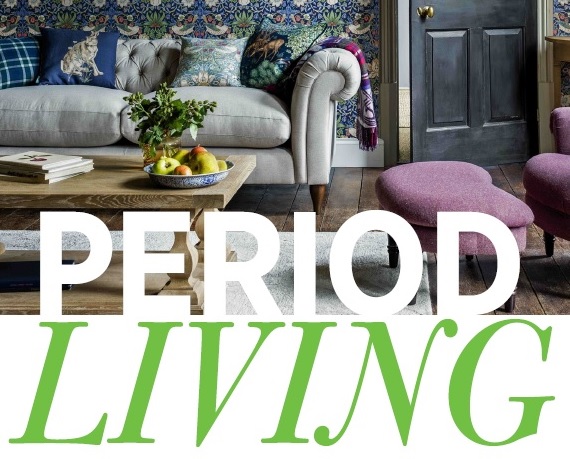What is it that draws so many of us to period properties? We asked Sam McDonald of Fothergill Wyatt for the features we should be looking out for.
The perfect home is a blend of many things and increasingly people are looking for individuality; properties with period features sitting seamlessly alongside all the attributes of modern living. Those features w犀利士
hich reflect the age and style of the property are key selling points, and what makes the property stand out against more modern homes.
Design & Details
Both the Victorians and Edwardians liked to build grand properties with exposed stonework, feature archways, decorative timber barge boards and full height bay sash windows. These characteristics instantly make them stand out to those seeking a period property. Once through the large usually elegant entrance door, you will traditionally find high ceilings, generous rooms and return staircases offering the instant ‘wow’ factor.
Many house buyers will also look for decorative detailing such as original open cast-iron fire places with elaborate and ornate mantles; picture rails, decorative coving, a ceiling rose and ogee skirting boards. Do check that any ‘period’ features are exactly that. You don’t want to pay through the nose for a property with what you assume are original plaster ceiling roses, to discover they’re polystyrene imitations. It’s also worth opening sash windows to ensure they operate correctly and have no signs of decay.
Restore & Rejuvenate
While it’s great to have these features already within situ, often they’ve deteriorated or have been removed by a previous owner. However it is possible to bring these properties, and their original features, back to life. It might take a little creative flair to see beyond the ‘tiredness’ of some of these original features, but for those who can, they’ll reap the financial rewards in terms of resale further down the line, and also the more immediate pleasure of enjoying a stylish, bespoke living space.
Research local craftsmen that specialise in restoring original features such as handmade timber sash windows, reclaimed tubular radiators and reconditioned cast iron fireplaces; or check out high street retailers who now supply modern equivalents, making period living accessible for every budget. Interestingly, I’ve also come across these period features being installed in properties built in the 1970s, so don’t be afraid to cross boundaries and mix design characteristics from different eras.
Considerations & Consents
Before you get carried away with the style and individuality of a period home, remember older properties are sometimes listed, or can be located in conservation areas. A listed building is protected both inside and out and the land around it can be covered in the listing too, so be aware that any alterations may be restricted. If the house you’re interested in is listed, also speak to the conservation officer to find out what will and won’t be allowed via the planning process when you apply for listed building consent.
Finally if you’re in any doubt of the health of an older property, commission a local chartered surveyor to inspect the property and give you an overview of any problems that will need addressing. The money you would spend on a Building Survey could pale into insignificance compared to the cost of repairing unforeseen problems.
Click this link to open the article in a new window: Period Living Article

